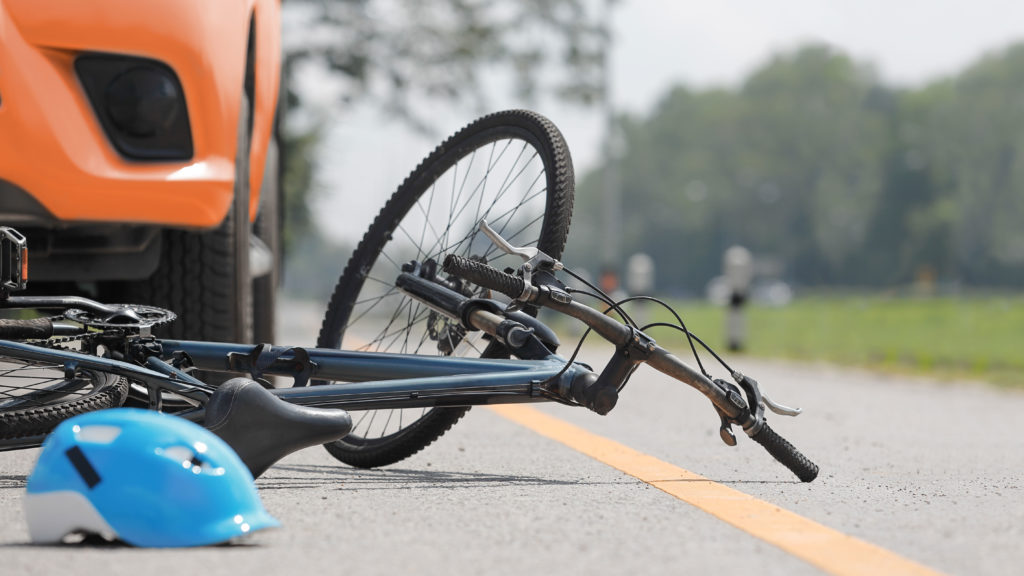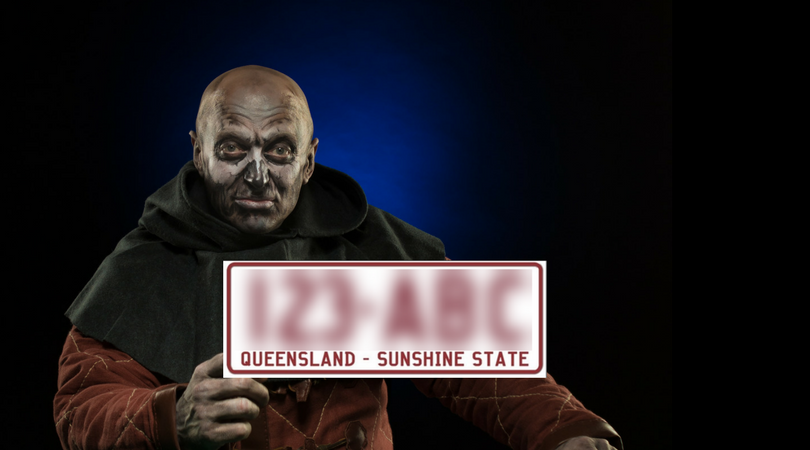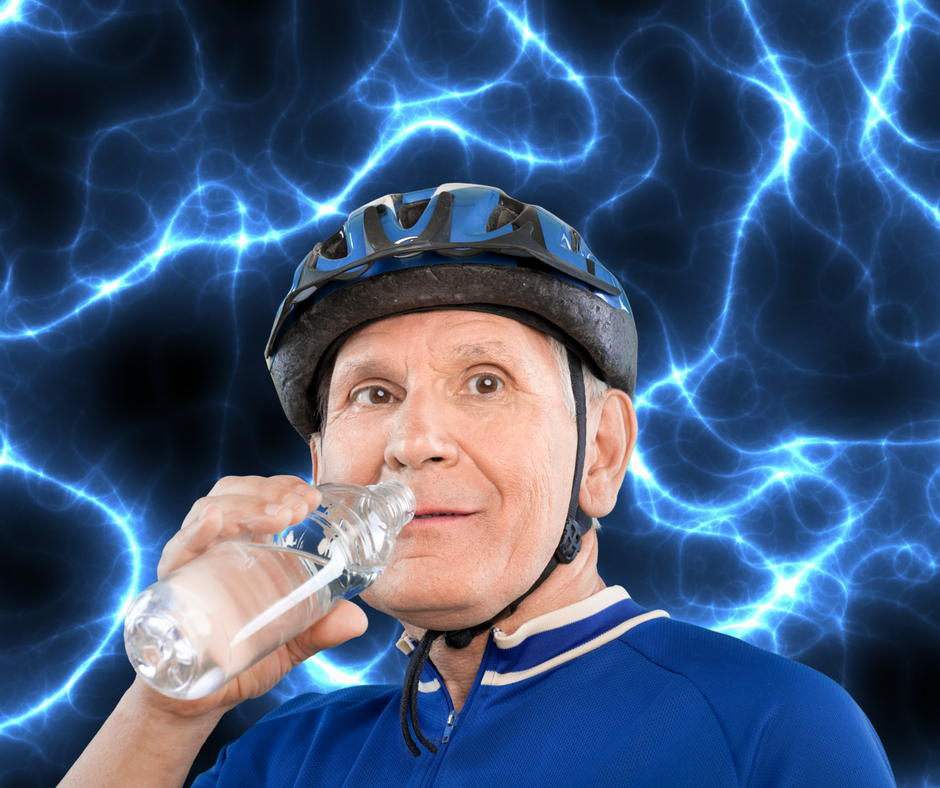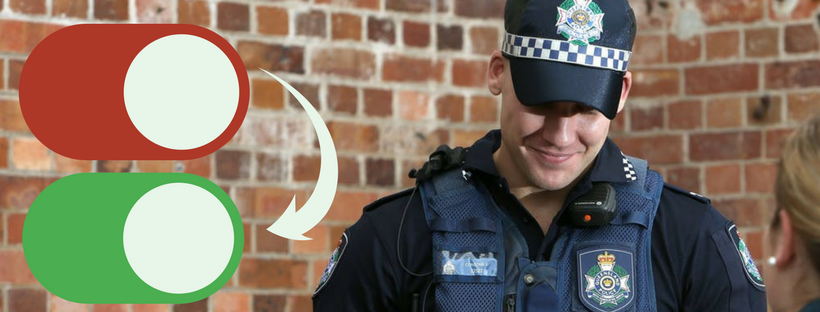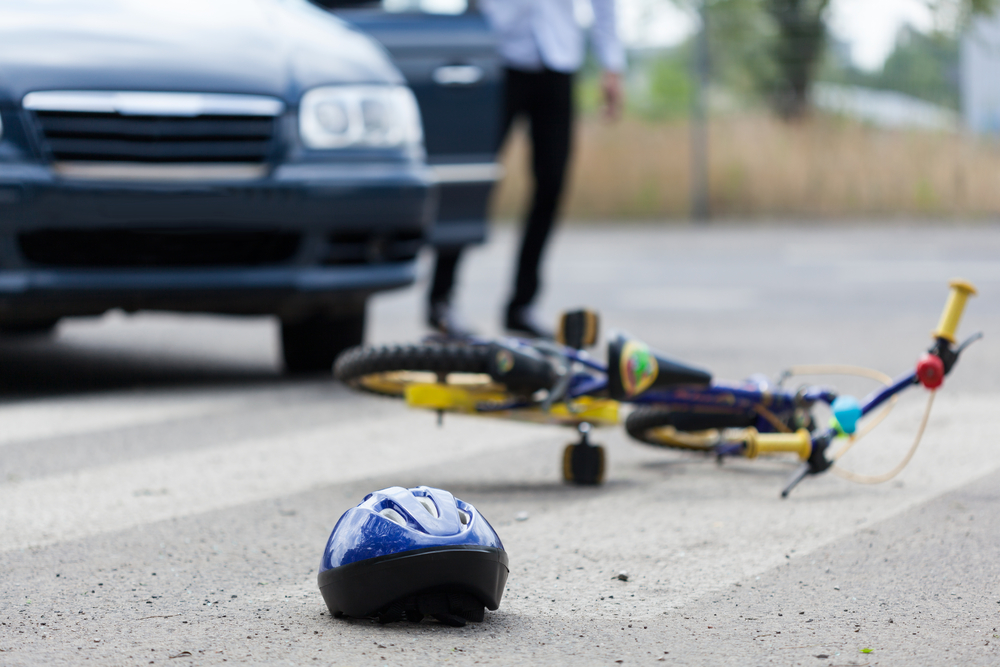What is a Bicycle Box?
A bicycle storage area (or bicycle box) is a marked area of the road before a signalised intersection, where cyclists can position themselves in front of queued traffic at a red traffic signal.
The boxes are intended to make cyclists more visible to motor vehicles and give them a head start through the intersection. The rationale behind these boxes is that the improved visibility and head start will improve safety for cyclists when they are on the road.
the legislation
Under schedule 5 of the Queensland Road Rules (QRR), a bicycle storage area is defined as:
(a) An area of a road before an intersection with traffic lights-
- That has painted on it 1 or more bicycle symbols; and
- That is between 2 parallel stop lines, regardless of whether the lines are of equal length; but
(b) Does not include any stop line.
Section 60A of the QRR makes it an offence for a motor vehicle to enter the bicycle box when the traffic light of an intersection is red.
Historically, under the QRR, a bicycle rider had to enter the bicycle storage area from a designated bicycle lane. However, following legitimate criticism of this impractical provision, the legislation was updated to remove this requirement.
do they improve road safety?
Being a relatively new initiative, it largely remains to be seen what quantitative impact bicycle boxes will have on road safety in Queensland.
In November 2013, a Parliamentary Committee Inquiry into cycling issues heard evidence that suggested poor infrastructure provisions for cyclists at intersections created increased risks and safety concerns. Submissions were made that bicycle boxes reduced the potential for conflicts with vehicle turning movements on the green signal.
The Committee ultimately recommended that the Department of Transport and Main Roads (“DTMR”) conduct further trials of the use of bicycle boxes at a greater number of intersections across Queensland. Following this, DTMR would need to assess if bicycle boxes provided adequate safety improvements across Queensland’s cycle network. The Committee emphasised that the trial should include injury hot spot intersections along principal and high-frequency routes.
It is expected that the increased use of bicycle boxes at intersections in Queensland will improve road safety. This would be consistent with trends in other jurisdictions. Whilst we await the outcome of the formal trials, there appear to be cogent and reasonable reasons for them to have a wider implementation across Queensland.
Author

Emily Billiau | Principal
Phone | (07) 3014 6590
Email | [email protected]
Emily is a Principal at McInnes Wilson Lawyers in the Personal Services and Injury team, further managing the CycleLaw division. With a keen interest in cycling-related issues and claims, she has extensive experience in insurance litigation & dispute resolution for cyclists, and is a passionate advocate for cycling clients - whether they be leisure or social riders, professional cyclists or commuters.
Breaking down the smokescreen of uncertainty through a unique step-by-step approach.
Cycle Law © 2020 Privacy & Disclaimer

![shutterstock_2168005561-[Converted]](https://www.cyclelaw.com.au/wp-content/uploads/2022/10/shutterstock_2168005561-Converted-1024x576.jpg)
